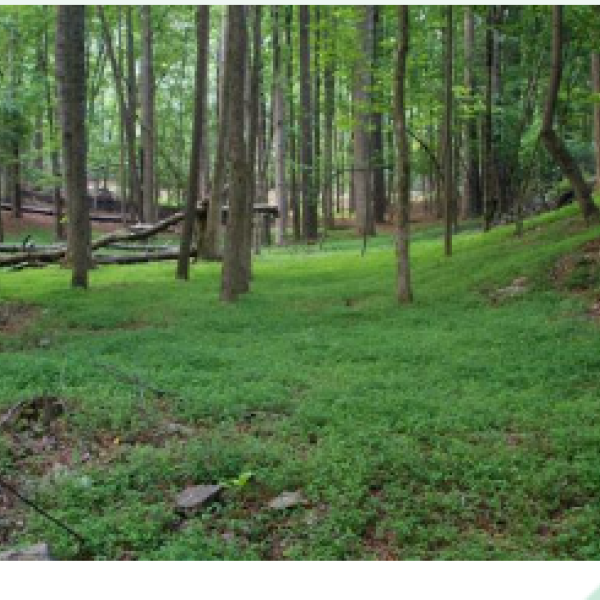
VTInvasives has a recently revised list of early detection terrestrial plant species. The list was developed in consultation with Vermont's Agency of Agriculture, Food and Markets, and the Agency of Natural Resources, including its Departments of Forests, Parks and Recreation, and Fish and Wildlife. Visitors to the website will see an icon next to early detection species, encouraging them to report suspected sightings of plants such as Japanese stiltgrass, mile-a-minute weed, and wineberry.
![]()
Plants on the early detection list are introduced weeds in the United States that could have harmful and wide reaching ecological and economic impacts if they are allowed to spread and become widely established in Vermont. They include Vermont's Designated Plant Pests as well as federally regulated noxious weeds that are not native to Vermont or currently in Vermont except in very limited locations.
As of this writing, Vermont's early detection plant species are either unreported or minimally established and not widespread in Vermont. Public vigilance and reporting is one of the most effective tools for stopping and/or slowing the spread of introduced species. VTInvasives has an updated reporting process that is easy to use and takes only minutes to complete, and allows Vermonters to play a vital role in protecting the ecological health of the landscape.
Users of the VT Invasives website should use the link to reporting upland plants to find out more about early detection terrestrial plant species and reporting.
